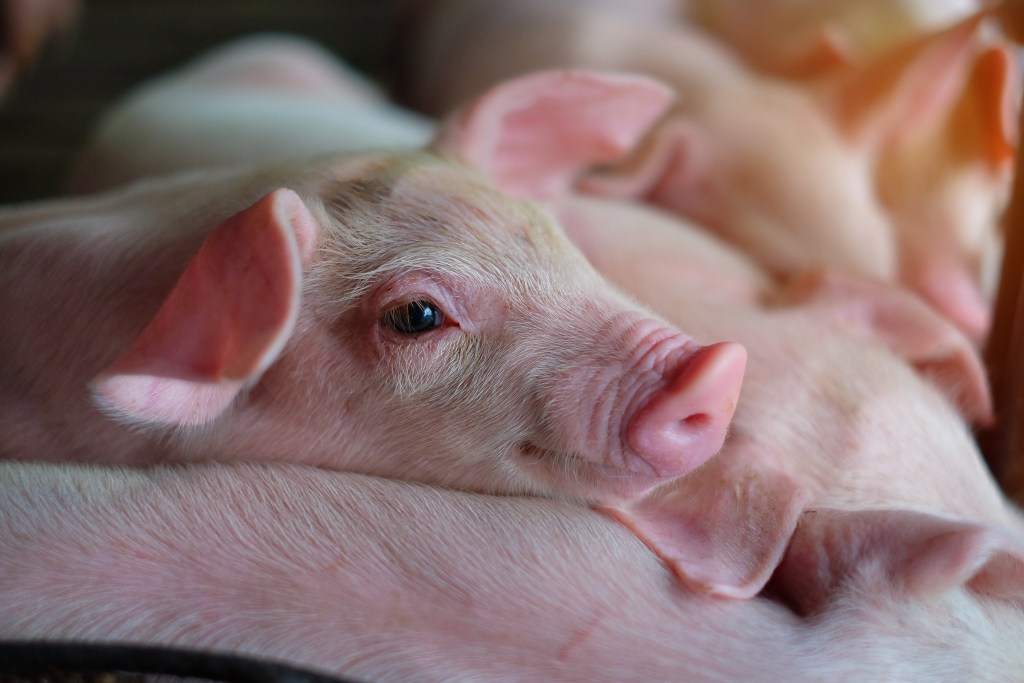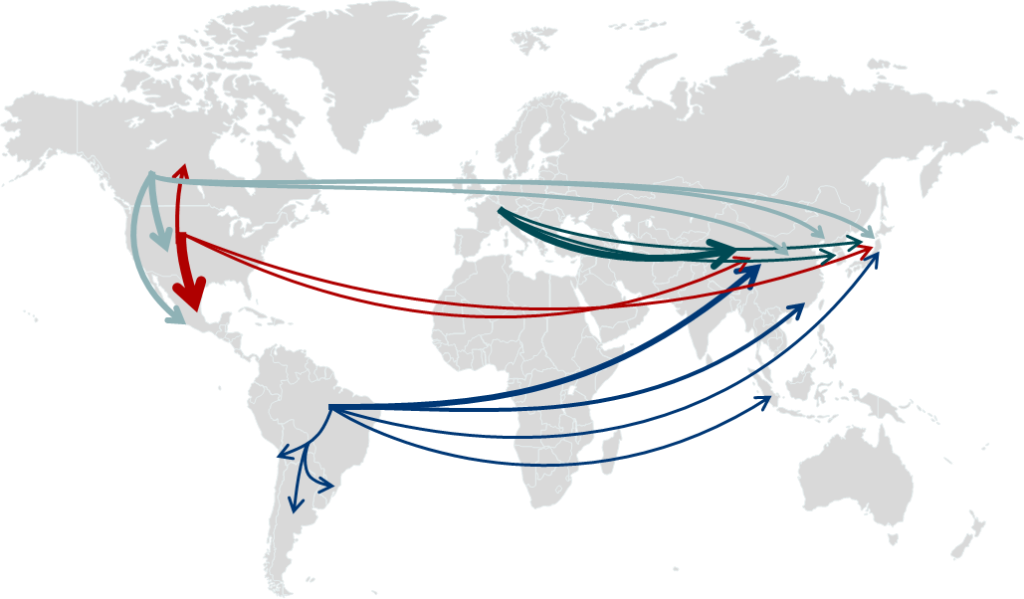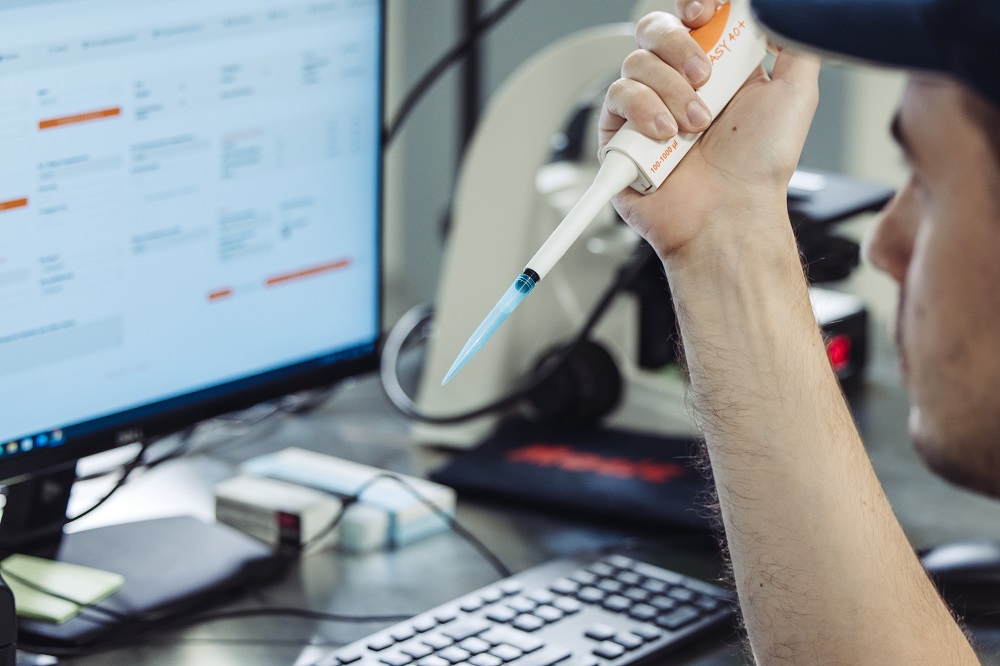What are the Benefits of a PRRS-Resistant Pig?
What is the PRRS-Resistant Pig?
Using gene editing technology, PIC developed pigs resistant to the PRRS virus by deleting a portion of a specific protein the virus needs to cause infection.
This genetic innovation prevents pigs from PRRS infection, improves herd health, reduces worker demands, and enhances farm sustainability

Protecting the Pork Flow
The global export market is critical to your farm’s profitability and sustainability. We are committed to responsible stewardship and introduction of the PRRS-Resistant Pig to protect critical trade relationships around the world.
We are working to secure approval and market acceptance of the PRRS-resistant pig by collaborating with processors, retailers, food system leaders, government agencies and consumers.

Path to Commercialization
Like humans inherit traits from their parents and grandparents, pigs will inherit resistance to the PRRS virus. That means, even after receiving FDA approval,* it will take time to produce enough PRRS-resistant animals to meet industry demand.
The PRRS-resistant pig is not currently for sale. FDA approval will not automatically trigger commercialization in the U.S. Subject to receipt of FDA and other approvals in key pork markets, PIC foresees commercialization in the U.S. in 2026 at the earliest.
Regulatory Approval Progress
Before PIC can market and sell the PRRS-resistant pig, the governments in key pork-producing and pork-importing countries need to issue a regulatory approval or “determination.” Each country has unique regulatory review processes and biotechnology policies. However, an approval or determination does not automatically trigger sales.
Several other important considerations, including market acceptance, will determine when PIC will commercialize.
PIC is unwavering in its commitment to the responsible stewardship of this technology.
Research
Learn more about PRRS-Resistant Pig Research

Study shows preventing PRRS could dramatically reduce demand for antibiotic use
Iowa State University’s recent study reveals a groundbreaking connection between preventing a common swine disease and significantly reducing the demand for antibiotics in pork production.
Study demonstrates PRRS resistance on a commercial scale
PIC has established a large population of PRRS-resistant pigs. The result is traditionally-bred pigs that are the offspring of — and several generations removed from — the original gene-edited pigs.
The study has shown that this gene edit can be used responsibly to protect pigs from the PRRS virus and has no negative impact on production performance or the resulting pork product
Research shows PRRS-resistant pigs are the same as conventional pigs
PRRS-resistant pigs and the resulting pork products are the same as conventional pigs and the pork products consumers are accustomed to seeing in restaurants/grocery stores.
Pathway to carbon value through pork genetics
The National Pork Board (NPB) and Pig Improvement Company (PIC) partnered and co-funded the development of an ecosystem service framework to enable genetic innovations to create value through greenhouse gas emission reductions.
What is the difference between a gene edit and a GMO?
PIC used gene editing to develop the PRRS-resistant pig. In this case a portion of a gene is deleted from the organism’s own DNA to modify its genetic code. No foreign DNA is added or inserted. This is different from genetically modified organisms (GMOs). In genetically modified organisms, DNA from another organism is introduced to modify the genetic code.
All claims about the safety and efficacy of PIC’s PRRS-resistant pig are currently under FDA review. The PRRS-resistant pig is not currently for sale.





